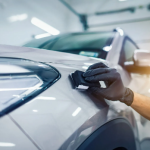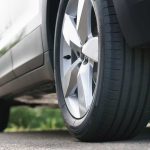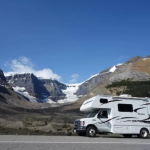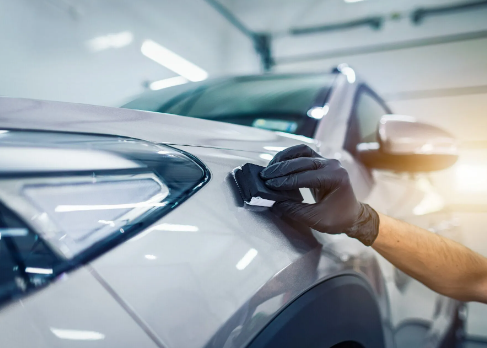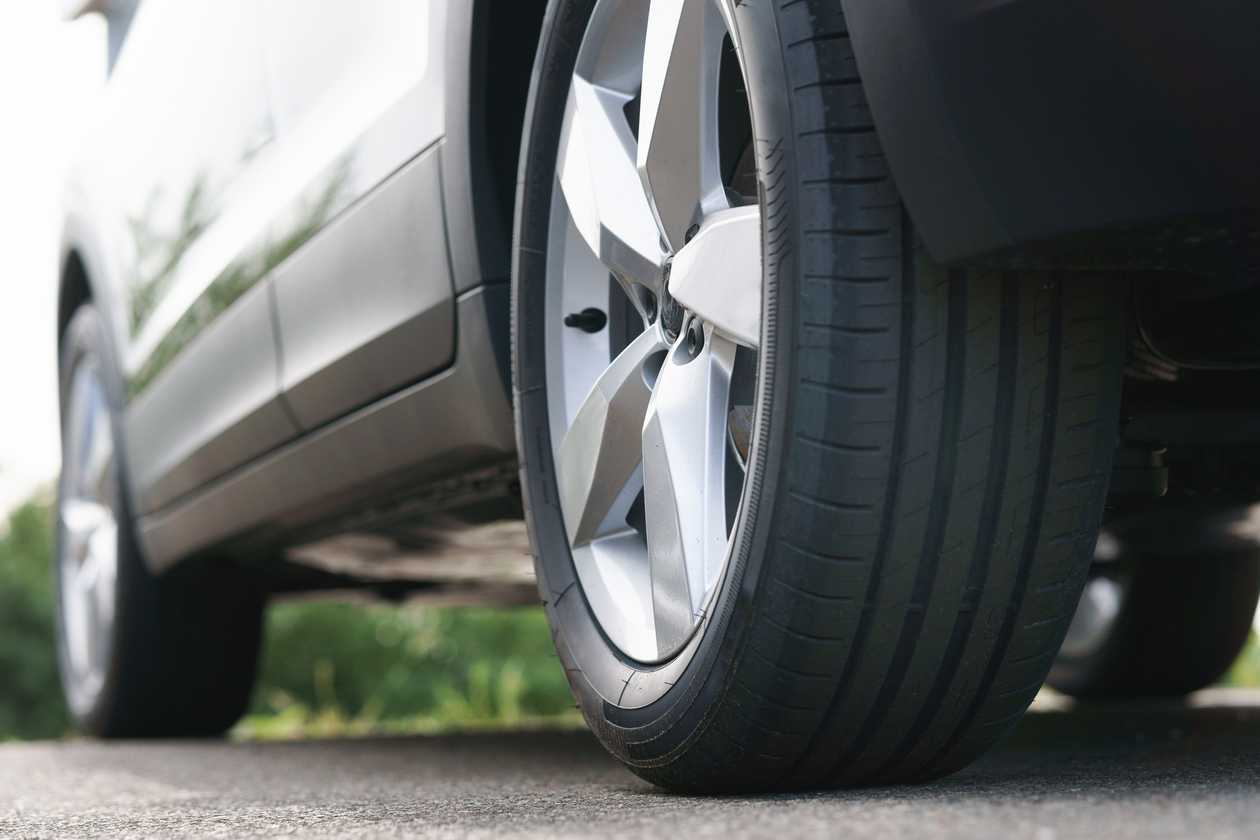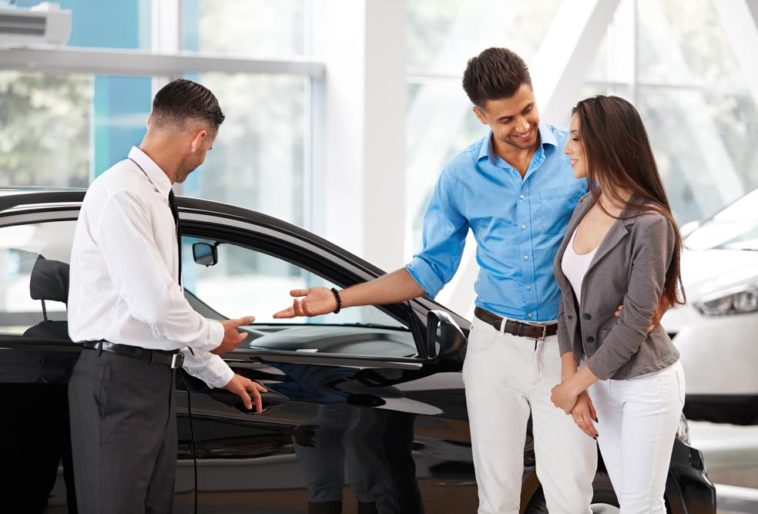You need to use a car to go around the city in 2050 because you live outside of New York. But you merely use your phone to order a car instead of going to the garage and getting into your own car.
Three strangers who are travelling in the same direction as you are in the automobile when it arrives. Also, there is no driver and each passenger is travelling on a preplanned itinerary. Nobody tries to switch lanes or cut you off while you ride at great speeds on the highway. Moreover, there are no traffic lights (at least not ones you can perceive).
You enjoy a green city with plenty of open areas and room for people to walk around as you take in the sights. There is no air pollution, and the car’s engine does not growl.
One of the situations envisioned by those who want autonomous Driverless Vehicles on the road is this one. It’s true that there are still difficulties, but let’s continue on our voyage into the future and explore what might be different as a result of this incredible technology.
Finished with personal vehicles
Have you noticed that we indicated there will be three more individuals in the automobile you summon? It is a component of our future vision for ride-sharing. Even if there are currently services like Uber and Lyft, the majority of people still own at least one car.
You won’t need to own a car in the future because they will be available anytime you need them. Customers will be able to use an app to request one of the fleets of ride-sharing Driverless Vehicles that businesses will own to arrive at their door. In fact, Uber already has a tool that will be useful when nobody has a personal car (SpdLoad did a thorough analysis of the feature and costs of such a product).
Even though you might adore the thought of always having your own car at your disposal, ride-sharing has many advantages. For instance, since multiple people might use the same car in a single day, we can lower the number of Driverless Vehicles on the road.
Also, we won’t have to worry about paying for vehicle-specific costs like insurance, maintenance, and other costs. More money is now available for additional wants and purchases.
Increased traffic
The average American commuter spends 42 hours per year stuck in traffic, according to recent surveys (in the present). In addition to being unpleasant, this behaviour may also be harmful to people’s health.
Moreover, self-driving cars claim to address this issue. When all Driverless Vehicles are operated by computers that interact with one another, traffic will move more quickly and smoothly. Car sharing will also reduce the number of vehicles on the road, which will reduce the requirement for parking spots.
Speaking about parking, intelligent Driverless Vehicles will be able to do it without the driver’s assistance. For instance, you could send the car to park and charge after dropping you off at work (just in front of the building you need), or you could even use it to earn money by joining a ride-sharing fleet until you need it.
Fewer pollutants
The future automobile will undoubtedly be an electric vehicle. Air pollution won’t be completely eliminated, but by simply getting rid of fossil fuel-burning automobiles, it will be at a record low.
Since Driverless Vehicles won’t take up as much space in the city as they do now, experts also mention more space for walking and green spaces. This will occur because self-driving cars can choose a convenient parking space, can stop and recharge on their own, and can essentially choose their own path to a new destination.
Moreover, autonomous cars are more accurate and require less room for moves. This results in fewer (if any) traffic bottlenecks and narrower roads. Instead of building wider roads for Driverless Vehicles , cities will have the option of concentrating their infrastructure on walkers, bicycles, and other outdoor sports.
Needless to add, there won’t be any need for traffic signals, road signs, or other similar signs to direct traffic. With their sophisticated navigating systems, driverless cars will be able to get at their destination the fastest without the use of outside cues.
No more traffic collisions
Around 1.35 million individuals every year pass away in car accidents, according to data. Because of one careless act, more people are hurt and many are left with high repair costs. Nonetheless, pedestrians are equally impacted by car accidents, as they frequently sustain the most severe injuries in each collision.
Because they will be outfitted with sophisticated surveillance systems and safety features, self-driving cars hold the great promise of reducing the number of fatalities brought on by auto accidents. As a result, the safety of the driver and passengers won’t depend on the judgement of a single person. Everyone will be kept secure even at high speeds because to the vast army of sensors, systems, and software applications that will be continually at work!
Commute will Improve
The commute can quickly turn into a hassle if you have to go to and from work every day. This becomes considerably more challenging when travelling long distances or when you need to change trains or buses multiple times before arriving at your car.
Even while a self-driving car can’t reduce the everyday commute distance, it can make it more pleasant and even effective. Currently, a car is made with the driver in mind; the driver needs to have the best visibility and the ability to drive quietly.
The interior layout of automobiles in a world without human drivers will be designed with the comfort of the passengers in mind. This implies there will be more area for seating, and perhaps even the ability for passengers to work while travelling. As a result, you can start working before you even arrive at the workplace and keep working even after you leave.
End of sentence
In general, driverless automobiles hold forth the prospect of a better world with fewer (if any) auto accidents and less emphasis on the personal vehicle. Also, they guarantee to clear our cities of clogged traffic and annoying noise, giving greater space for strolling and other pedestrian activities.
We believe that this is a future that is worth fighting for!
You can also read about:11 Incredible Classic Vehicles You Can Afford to Repair
